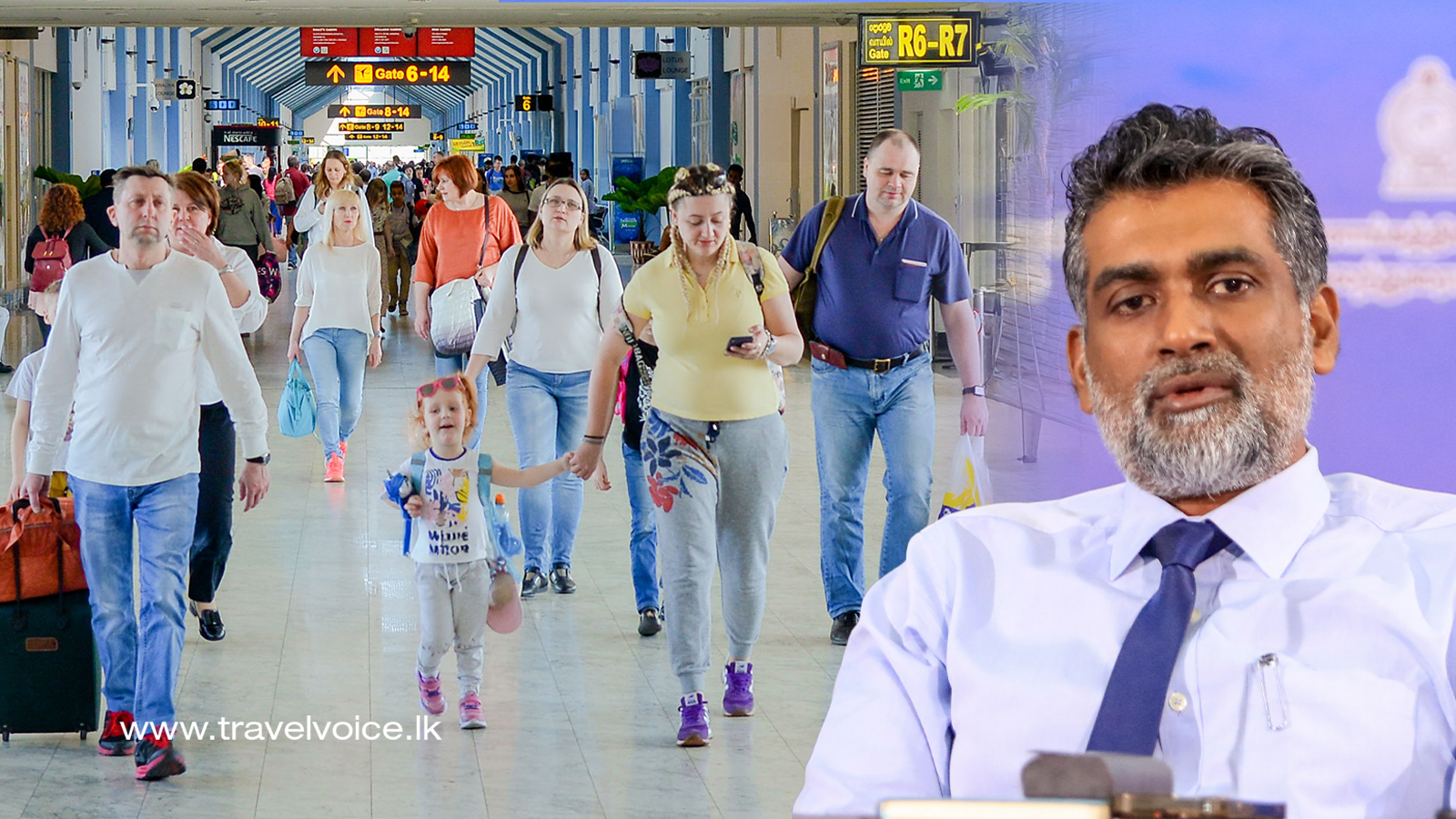In a bold step towards redefining its global image, Sri Lanka is set to unveil a unified national tourism brand immediately after Sinhala and Tamil New Year, targeting both traditional and potential markets with an ambitious global campaign.
Addressing the media, Sri Lanka Tourism Development Authority (SLTDA) and Sri Lanka Tourism Promotion Bureau (SLTPB) Chairman Buddhika Hewawasam yesterday announced that this campaign will be formally launched at the upcoming National Branding Conference later this month.
“This is a two-pronged strategy combining digital marketing and global public relations efforts. It is designed to position Sri Lanka as a year-round destination, with a focus on the country’s diversity,” he added.
He said through this national brand, they aim to synergise with Sri Lanka’s export sectors, projecting a holistic and consistent image of the country.
Hewawasam said the campaign initially targeted nine key markets, but has now expanded to 14, bringing the total outreach to 20 countries when traditional markets are included.
With a renewed global positioning strategy, Sri Lanka Tourism is optimistic about surpassing the 3 million tourist arrivals target for 2025.
He said key digital campaigns and trade show promotions are already underway in high-potential regions, including Saudi Arabia, the Asia Pacific, Australia, CIS nations, and non-traditional European markets like Poland and the Czech Republic, between May and July.
“Our goal is to maintain a consistent monthly arrival of over 250,000 visitors and overcome the longstanding seasonality in the industry,” Hewawasam stated.
To boost both experience and revenue, he said the SLTPB is ramping up tourist engagement initiatives and infrastructure development. “The average daily spend per tourist at present is $ 171, and we want it to be increased to $ 200 through improved services and facilities,” he added.
He said the SLTDA has embarked on a formalisation drive targeting the vast informal tourism sector, which includes over 40,000 establishments compared to just over 8,000 registered in the formal sector.
“A new mobile service is aiding informal operators in the registration process, offering training, guidance, and benefits aimed at improving service quality and safety standards,” he added.
Hewawasam stressed that transitioning these establishments is not solely about taxation. “Many informal units lack the minimum standards and safety protocols expected by international travellers. We are studying global best practices to introduce regulations, especially for those partnered with online travel agencies (OTAs),” he disclosed.
He also said the SLTDA is taking firm action against unregulated tourist business activities and enhancing the luxury travel appeal.
“There are already many boutique hotels, villas, and five-star properties to cater to the high-end tourist segment. We are also looking at acquiring some of the underutilised heritage bungalows and bringing luxury travel to the North and East,” he added.
However, he acknowledged a pressing need for improved domestic aviation infrastructure to cater to the high-end tourist market. “To support luxury tourism expansion, we need aircraft that can carry at least 70 passengers. Accessibility is a major issue to develop this segment,” he pointed out.
Noting that 26 tourism zones have already been gazetted, Hewawasam said there is a plan to increase this number to 42 with new legal frameworks to operate in those areas.
The Chairman also said Colombo is also set to benefit from new initiatives to boost its appeal. “Despite tourist accommodation and restaurants being abundant in Colombo, events are scarce,” he said.
Hewawasam revealed plans for a night market along Marine Drive and a series of cultural events developed in collaboration with the National Arts and Crafts Council, Colombo Municipal Council (CMC), Western Provincial Council, and the Urban Development Authority (UDA) to introduce a series of year-round art and craft events in the capital.
By Charumini de Silva











